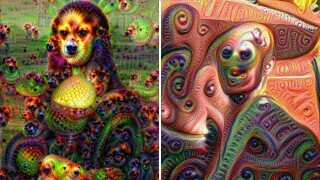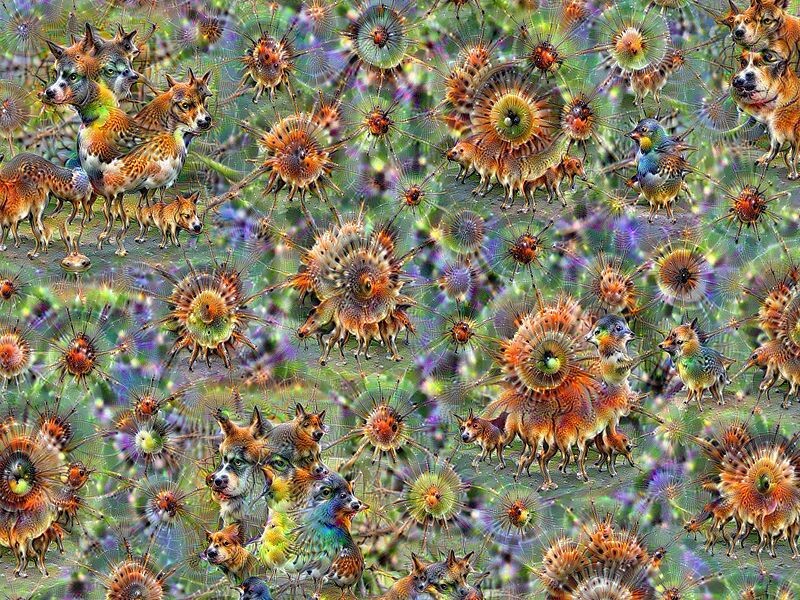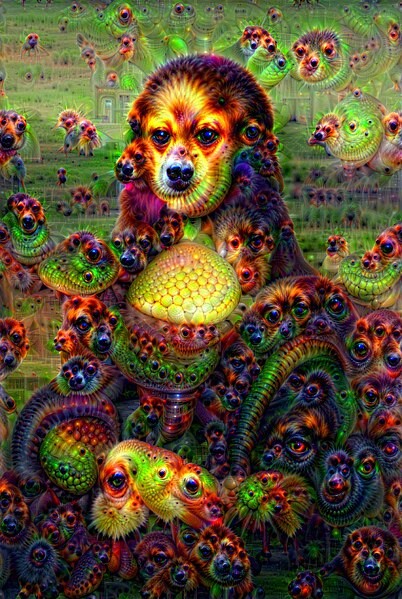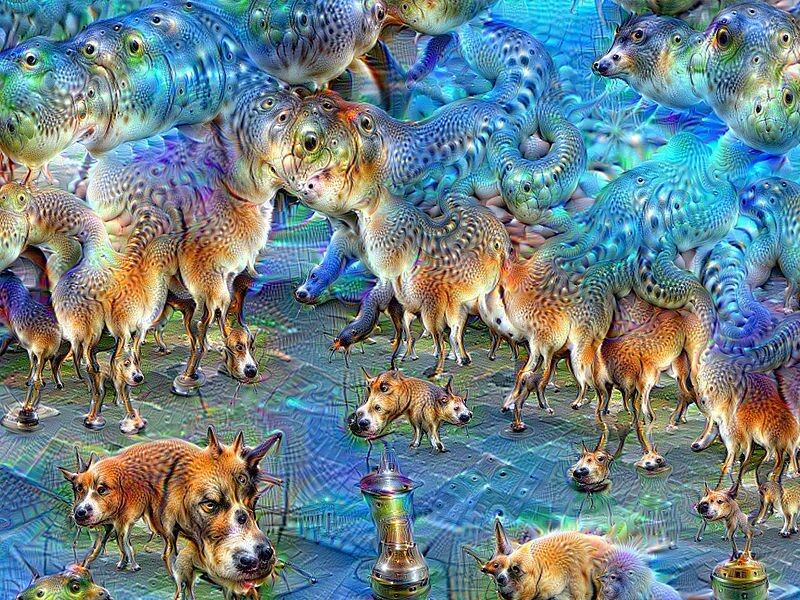A Trip To The Psychedelic, Weird World Of AI-Made Art

Artificial intelligence agents, like Google's DeepDream, are "learning" how to make art, and it's trippy, wild, and refreshing. Many human attempts at psychedelic art seem either cliched (enough with the third eye bs, please) or a too-obvious attempt at edginess, but in AI art, there's something … personal and genuine.
The "computer vision program" DeepDream utilizes a "convolutional neural network" to detect and enhance certain patterns it's been taught to recognize in images. However, even in the absence of these patterns, it makes enough slight alterations until it creates its own because machines are not immune to pareidolia.

Don't Miss
The pictures produced are bonkers, displaying levels of insanity that are orders of magnitude beyond what most humans can hope to imagine, let alone capture in visual media. Sometimes the original image is still apparent, as per this interpretation (improvement, we argue) of the otherwise bland Mona Lisa:

Though if enough DeepDream "iterations" are applied, the image is entirely unrecognizable as the algorithms continually find and alter the patterns inside the patterns that they've already found and altered. It’s a continual feedback loop that eventually turns normal photos into deranged, hellish murkiness:

But this isn't just freaky; it's educational and designed to help researchers understand how neural networks like our brains classify images. Therefore it's kind of built like a brain, with the equivalent of many neurons that are individually simple and understandable. Until you get a few of them together, and by few, we mean the human brain's 86 billion, each with potentially 10,000 connections to other neurons (they don't quite touch each other), forming hundreds of trillions of synapses.
Overall, DeepDream isn't as sophisticated as a meat-and-blood brain, though perhaps in some sense, it's moreso since it so effortlessly outclasses us in the freakiness and psychedelic departments. But to teach an AI to classify things, one must train it by feeding it enough images until it learns to identify and correctly categorize those things on its own. And when DeepDream was fed a dog-heavy data set (to learn to differentiate breeds), it started inserting dog faces everywhere, as in this completely dog-less picture of jellyfish:

Or this Eldritch horror-looking pasta:
All because the set didn't feature human faces. So the AI made images out of what it knew, creating hilariously terrible canine humanoids from some alternate reality where mammalian evolution culminated with dogs instead of people.
But AI can also produce art that's a bit more sensual and intimate. Nude portraiture, for example, is among the most humanly human artforms. It lays bare our physical secrets and insecurities, reminding us that beneath the fancy clothes and Spider-Man wristwatches, we're all equally disgusting (or beautiful, for you glass-half-full types) bags of bones and pus. But artificial intelligence has encroached even on this most anthropomorphic expression, turning the once sacred human form into a nebulous blasphemy:
And you can blame Robbie Barrat for that, whose AI consumes and categorizes images. In this case, history's prominent nudes. Then, like dueling banjos, two algorithms generate fake ones and try to distinguish the fake from the real to improve their classifying and identifying skills. Lo and behold, we're gifted with these sad, impersonal, amorphous blobs of flesh and sinew and dashed hopes, all whirled and crunched together into a fleshy fugue of swirling madness.
Get used to it, grandpa; this is the future of art.
Top Image: Pjfinlay/Wiki Commons, Jessica Mullen/Wiki Commons